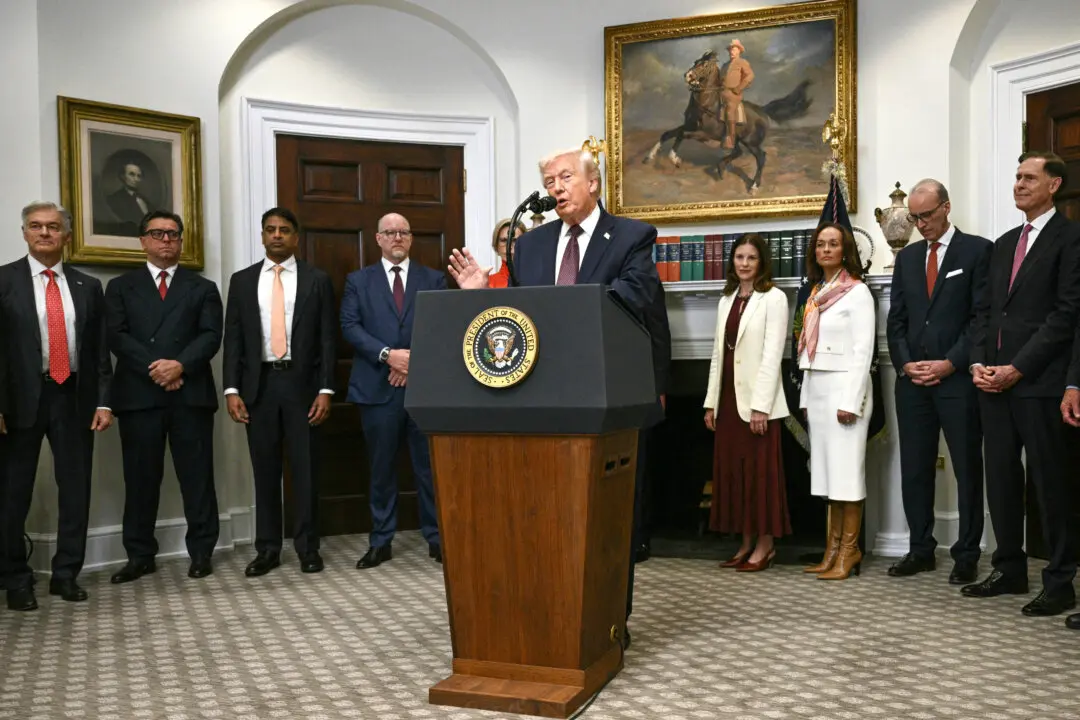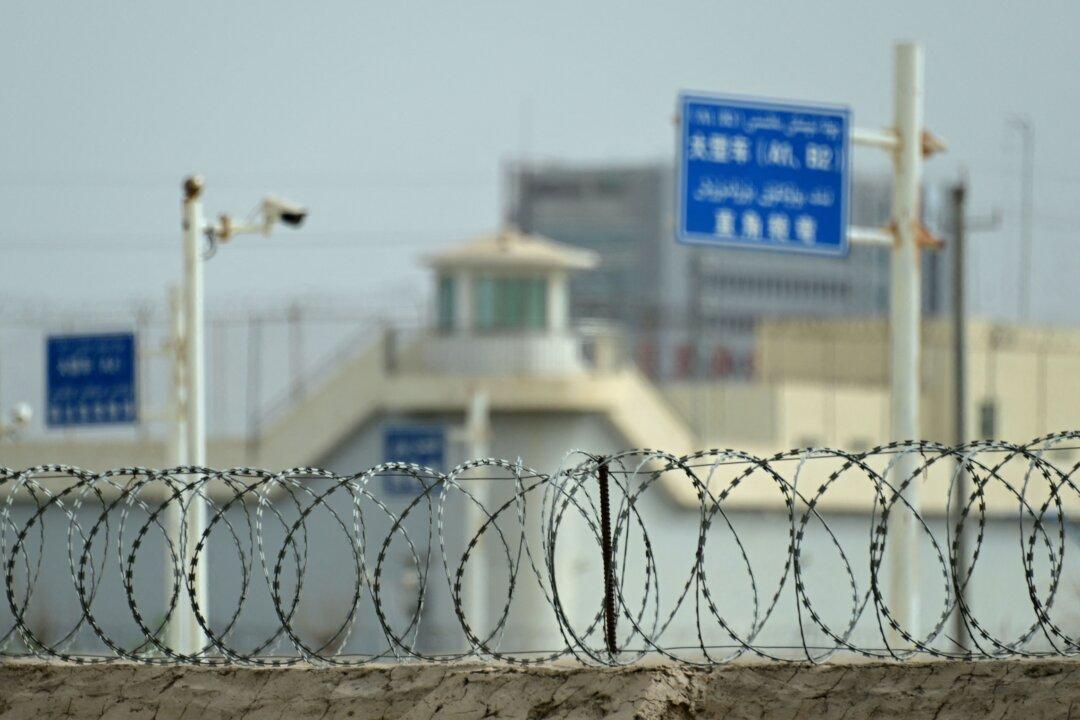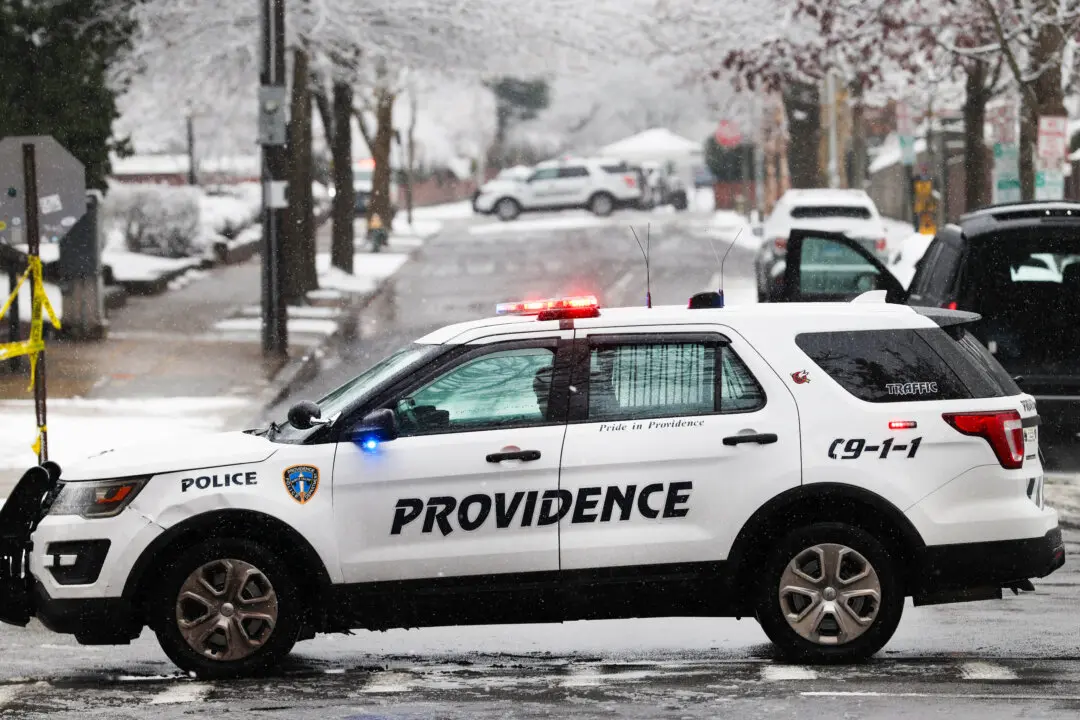Japan has seen an increasing prevalence in the “hikikomori” phenomenon following COVID-19 pandemic lockdowns, with an estimated 1.46 million people isolating themselves from society by staying at home for an extended period.
A survey by the Cabinet Office found that about 20 percent of the total 1.46 million hikikomori—a term used in Japan to refer to people who barely left their homes for over six months—cited COVID-19 for their social withdrawal.





